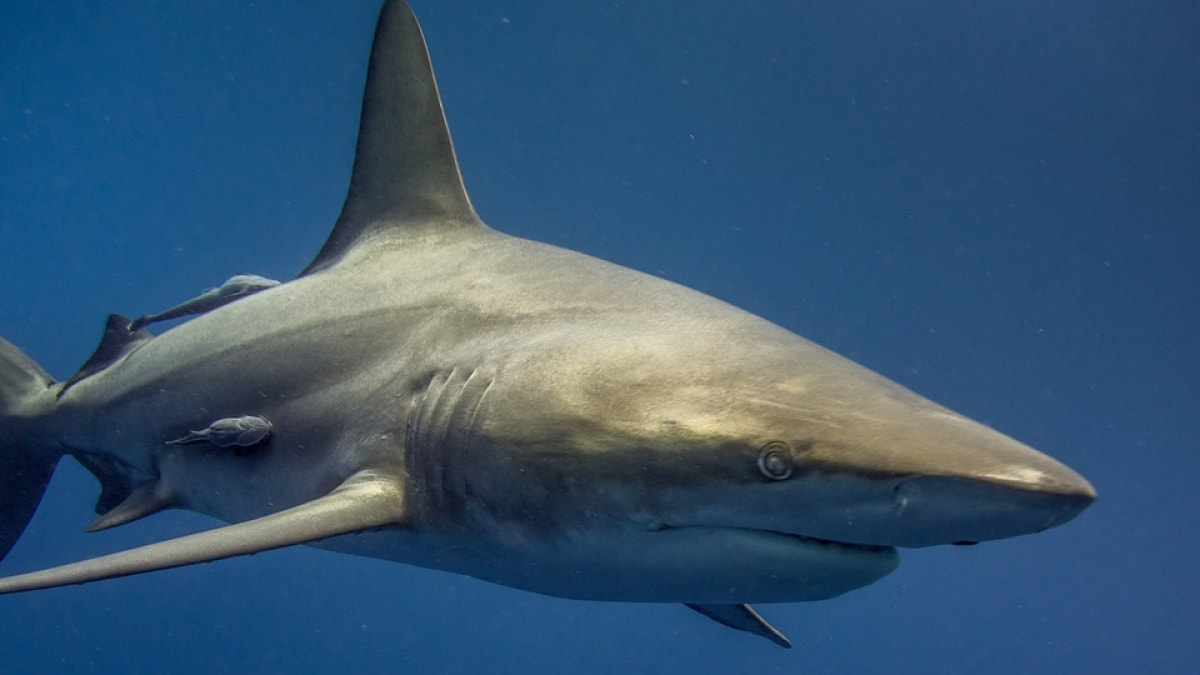A massive female great white shark measuring 18.4 feet (5.6 meters) in length was found dead on a drumline deployed off Tannum Sands, Queensland, Australia, in August. According to the Queensland Department of Agriculture and Fisheries, this marks the largest white shark caught since the state's Shark Control Program began in 1962. The shark, which was pregnant with four pups, died before a response team could release her, as stated by Tracey. Scott-Holland, the department's spokesperson, in communication with Live Science.
Significance of the Capture
As per a report by LiveScience, reliable records of white sharks exceeding 21 feet have often been debunked, with the largest verifiable specimen measuring 19.9 feet, captured off Massachusetts. While this recent loss is considered a setback for conservation efforts, researchers see an opportunity to study the shark's remains to fill knowledge gaps regarding the species' reproductive biology and life cycle.
In an email to Live Science, Bob Hueter, Chief Scientist at OCEARCH, noted that the death of a breeding female significantly impacts genetic diversity and population recovery. He added that while response teams typically reach sharks within half an hour, they were unable to do so in this case.
Impact on Conservation Efforts
White sharks, classified as vulnerable on the IUCN Red List, face numerous threats, including bycatch and overfishing. The eastern Australasian population is estimated to have only 750 breeding adults. These apex predators are vital to maintaining balance in marine ecosystems.
Leonardo Guida, Shark Conservation Lead at the Australian Marine Conservation Society, told Live Science that the shark's size suggests it may have been born in the late 1990s, shortly after white sharks were protected in Australia.
Research Potential
As per Scott-Holland, samples collected from the shark will contribute to studies in genetics, biology, and environmental contaminants. Hueter, in a statement, emphasized that rare opportunities like this can provide invaluable insights into the gestation period and breeding frequency of great white sharks, areas still not well understood by researchers.


